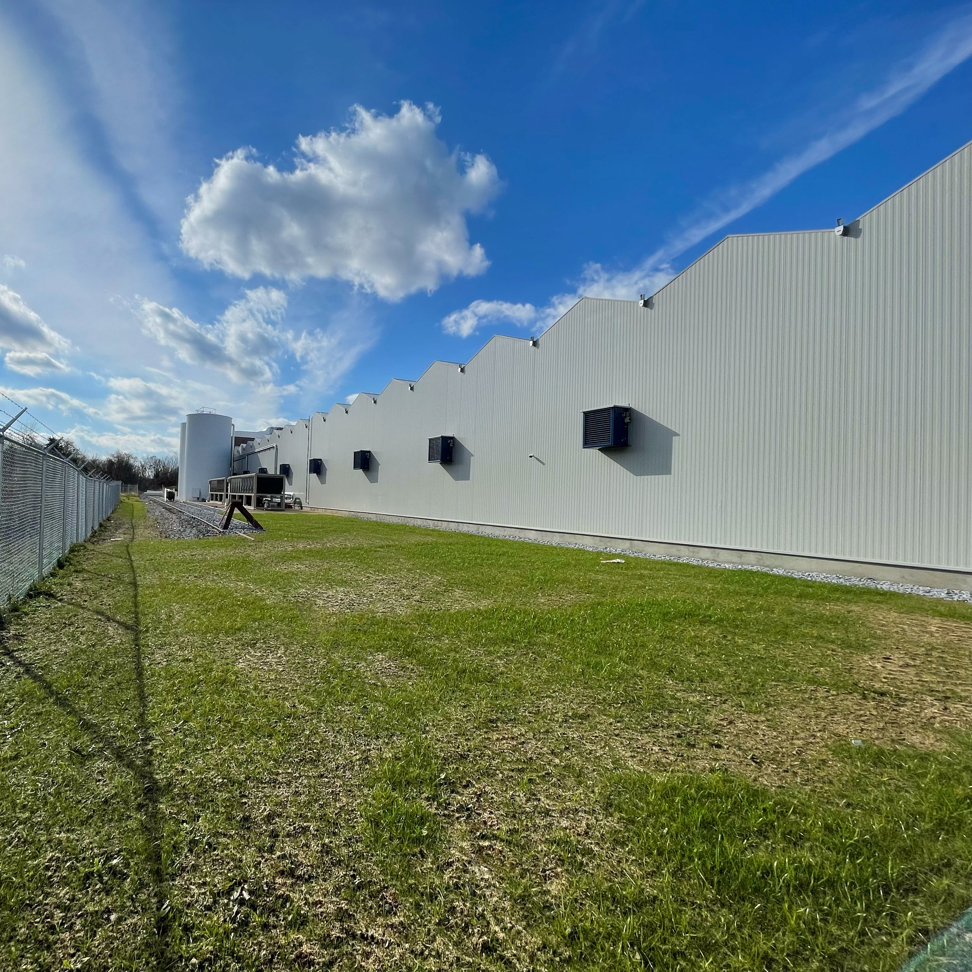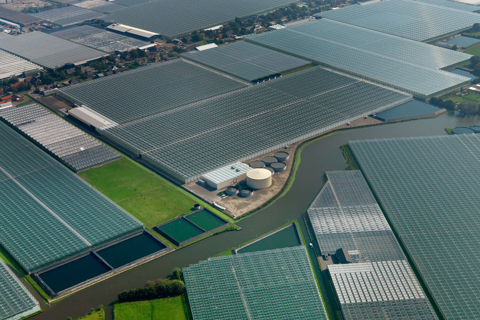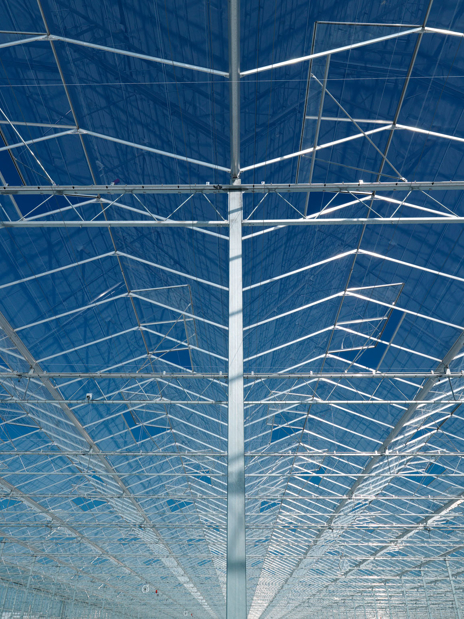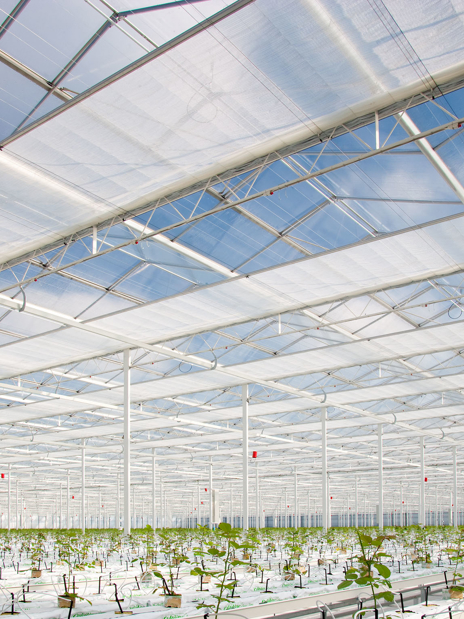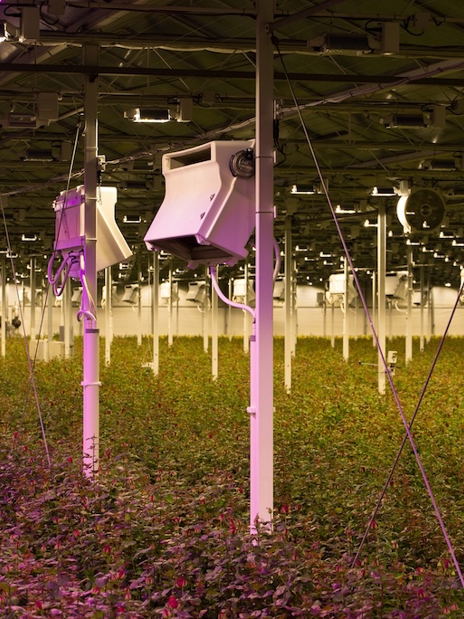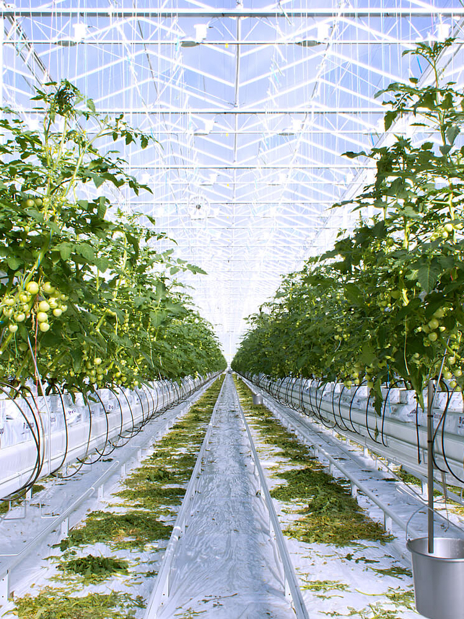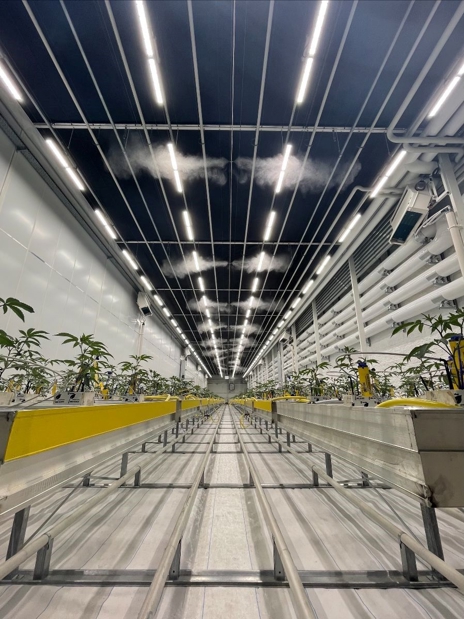Creating partnerships and intensively working together is key for the development of Dutch greenhouses around the world. It’s DutchGreenhouses® mission to export the Dutch technology and knowledge to places where it is needed the most: building future-proof greenhouses efficiently.
Designing & building high-tech greenhouse facilities world wide
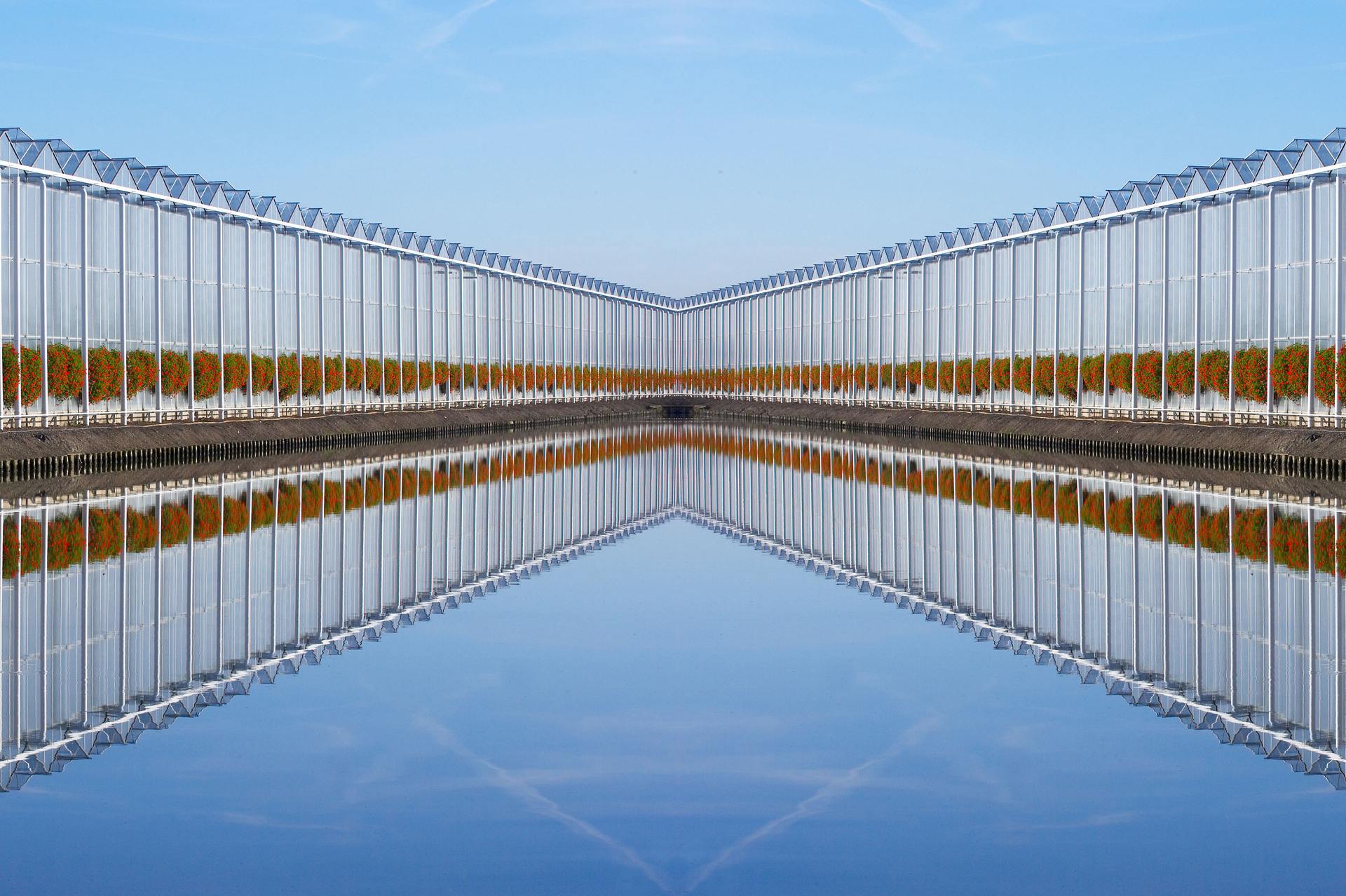
The Dutch Approach
to Greenhouses
Turnkey
Projects
Specialists in the construction of turnkey greenhouse projects around the world.
Premium Technology
Dutch greenhouse technology sets the international standard for commercial greenhouses.
Training & Education
Training, education and intensive coaching is key to meet the potential outcome of greenhouses.
DutchGreenhouses® is an international orientated greenhouse manufacturer from the Netherlands. It is their mission to export the Dutch technology and knowledge to places where it is needed the most.
The company is specialized in the development of turnkey greenhouse projects, with the focus on standardization rather than customization. This allows DutchGreenhouses® to provide its customers with all they require to get started quickly, efficiently and cost effectively. Next to designing, engineering, and manufacturing greenhouses, construction also plays a pivotal role in bringing these structures to life, DutchGreenhouses® focusses on training, education and coaching. This combination of hardware and software makes is key to the success of every greenhouse operation.
